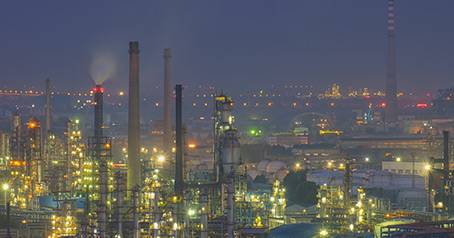Nov . 01, 2024 17:30 Back to list
Water Pipe Fitting Components and Their Importance in Plumbing Systems
Understanding Water Pipe Fittings A Comprehensive Overview
Water pipe fittings are essential components in plumbing systems, playing a crucial role in the delivery and distribution of water throughout residential and commercial buildings. These fittings connect different sections of pipes, ensuring that water flows smoothly and efficiently. In this article, we will explore the various types of water pipe fittings, their applications, and the materials commonly used in their manufacture.
Types of Water Pipe Fittings
Water pipe fittings come in a variety of shapes and sizes, each designed for specific functions. Some of the most common types include
1. Elbows These fittings allow for angular changes in pipe direction, typically at 45 or 90 degrees. Elbows are essential for navigating around obstacles in a plumbing layout.
2. Tees Shaped like the letter 'T', these fittings enable the connection of three pipes at a junction point. They are often used to branch off from a main line to supply water to different areas.
3. Couplings Couplings are used to connect two straight sections of pipe together. They can be designed for permanent or temporary connections depending on the application.
4. Caps and Plugs Caps seal the end of a pipe, while plugs serve a similar function but are used in fittings with a female end. Both are vital for preventing leaks and maintaining system pressure.
5. Adapters These fittings allow the joining of dissimilar pipes, effectively adapting one pipe material to another.
water pipe fittings

Materials Used in Water Pipe Fittings
The choice of material for water pipe fittings is crucial, as it affects durability, reliability, and overall performance. Common materials include
- Copper Valued for its corrosion resistance and thermal conductivity, copper is a traditional choice for plumbing, especially in hot water systems.
- PVC (Polyvinyl Chloride) Widely used due to its affordability and ease of installation, PVC fittings are suitable for cold water systems and irrigation purposes.
- CPVC (Chlorinated Polyvinyl Chloride) An upgraded version of PVC, CPVC is rated for hot water use, making it ideal for residential plumbing.
- Brass Durable and resistant to corrosion, brass fittings are often used for threaded connections and high-pressure applications.
Conclusion
Water pipe fittings are indispensable in modern plumbing systems, ensuring efficient water distribution and system integrity. Understanding the types of fittings available and the materials used can help homeowners and contractors make informed choices. Whether renovating a home or constructing a new building, selecting the right pipe fittings is essential for a long-lasting and effective plumbing network.
-
High-Quality PPR Pipes and Fittings Durable ERA PPR & PVC PPR Solutions
NewsJul.08,2025
-
Black HDPE Cutting Board - Durable, Non-Porous & Food Safe HDPE Plastic Cutting Board
NewsJul.08,2025
-
High-Quality CPVC Panel Durable HDPE & PVC Panels Supplier
NewsJul.08,2025
-
Double PE Welding Rod Supplier - High Strength, Durable & Versatile Welding Solutions
NewsJul.07,2025
-
High-Quality PVC-O Pipe Supplier Durable 75mm PVC Pipe & Connections Leading PVC Pipe Company
NewsJul.07,2025
-
HDPE Drainage Pipe Supplier – Durable & Corrosion-Resistant Solutions
NewsJul.06,2025

